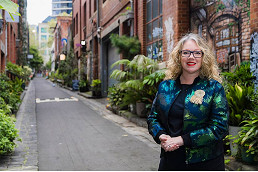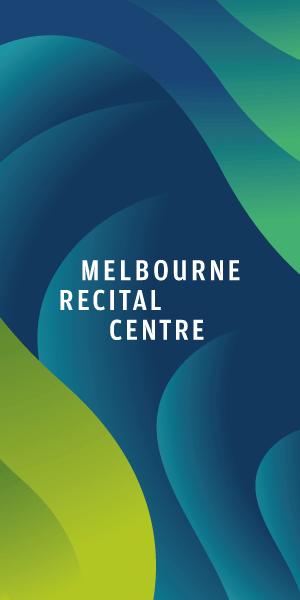State government flags converting CBD offices into apartments, but criticised for “nonsense” claim
A long-awaited Housing Statement has vowed to explore turning unused commercial space into “around 10,000-12,000 apartments and mixed-use properties”.
The Victorian Government will explore converting empty CBD office space into apartments, however it has been called out on a “nonsense” claim that the City of Melbourne helped identify suitable buildings.
The government’s long-awaited Housing Statement was released in September, outlining a 10-year plan to address serious supply and affordability issues, and pledging more protections for renters.
Notably, the statement included a formal commitment to “consider opportunities” to convert underused commercial space into “around 10,000-12,000 apartments and mixed-use properties”.
Commercial vacancies have continued to rise since COVID-19, with the shift to hybrid working and an influx of new higher-grade office supply, thus creating less demand and more empty spaces around the city, particularly lower-grade stock.
Converting offices into apartments has long been flagged by the government; former Premier Daniel Andrews said in March 2022 that the work-from-home pivot was permanent, and something had to be done.
“We need to embrace that and turn that into an important opportunity,” Mr Andrews forecast.
“I would welcome a discussion about commercial real estate in the city, and about the fact that’s going to change,” he said.
“Some businesses are not going to need the floor space that they used to need. If you want to keep the CBD vibrant, then maybe we need to have more people living in the CBD.”
The Housing Statement, released on September 20, now included a vow to explore exactly that point.
“The Property Council of Australia (PCA) and the City of Melbourne have identified close to 80 commercial office buildings that are currently under-used because of changing work patterns and demand for flexible floor space increasing,” the statement read.
“We’ll work with the PCA and the City to consider opportunities to facilitate the conversion of these offices into around 10,000-12,000 apartments and mixed-use properties.”
However, it soon emerged that the City of Melbourne had, in fact, played no role in the process, confirming with CBD News it had not partnered with the PCA.
The council’s deputy planning portfolio chair Cr Rohan Leppert said the suggestion was “nonsense”, and that the council was yet to even be provided with a copy of the PCA report.
“Council stands ready to support any planning applications to convert suitable commercial buildings to residential uses quickly and efficiently,” he said.
“We also encourage the retrofitting of commercial buildings through our ‘Retrofit Melbourne’ plan so that central city building stock is as energy-efficient as it can be.”
The City of Melbourne is an arm of government; the Property Council is not. It helps nobody to blur that line as the Housing Statement has done.
The state government did not offer clarification to CBD News about how the error occurred.
The PCA audit was, in fact, conducted by design studio Hassell and planning consultancy Ethos Urban, included a total of 86 properties, and has not been publicly released.
PCA Victorian executive director Cath Evans said the buildings that had been identified for potential “adaptive reuse” met a set of criteria that made them potentially suitable as residential buildings.
“The criteria considers building age, structure, width and the potential for further uplift. Other older buildings may be suitable for other commercial uses including health, education and hotel accommodation based on their characteristics,” she said.
“The Government has identified this as a focus area as part of the recent housing statement. The Property Council’s focus is on continued collaboration with policy makers and building owners on addressing remaining barriers in planning, building and design to make adaptive reuse projects more feasible in the future.”
Underlining the housing crisis in the inner-city is that there are currently almost 20,000 approved apartments in the City of Melbourne that are yet to begin construction.
Over the past three years, only 3000 fully approved apartments have been built in the city.
Lord Mayor Sally Capp said while meaningful change would be made at the upper level of government, the council was trying to enact change in the space.
“Housing is primarily a responsibility for the state and federal governments, but as a local government we’re already doing everything we can to increase the number of homes available for residents, students and key workers,” she said.
“We welcome initiatives that boost the supply of housing in our city while not compromising on liveability.
“In the City of Melbourne, we have 20,000 homes approved that are yet to be built – this shows planning is just one part of the puzzle.
“We will continue to work through the detail of the Housing Statement to ensure these policies meet our high ambitions for delivering truly affordable homes where people want to live.” •
Caption: 85 Spring St - one commercial building understood to have been identified by the Property Council of Australia as being suitable for retrofitting to residential.

Could the Metro Tunnel help Melbourne rediscover its mojo?





 Download the Latest Edition
Download the Latest Edition